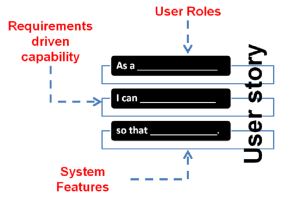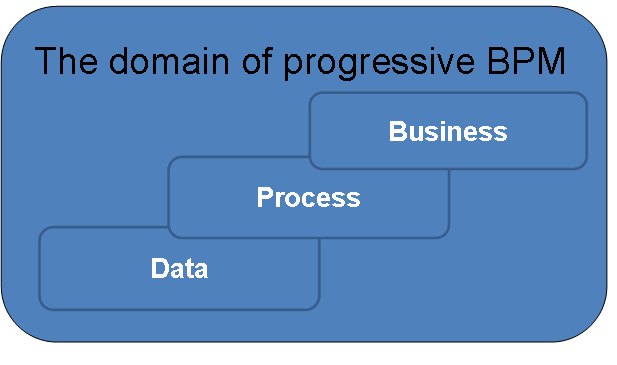User stories are a powerful way to enable requirements that are at once understandable by both the user community and the people who will develop the IT systems. They can be a powerful tool for the analyst to build that elusive bridge between the business and IT. At once user stories have to be supported by the business user community, and directly enable IT people to develop associated code, architecture, and/or integrations.
User stories are important, and to get the most from them, it is helpful to recognize the inter-relationship of user roles to the desired capabilities to the targeted system features. It is helpful to recognize the connection and interplay between these Agile constructs.  The more complex the business challenge, the more important and helpful it is to start the development of user stories with this agile context in mind. There will probably not be a concise and consistent alignment across them at first, but it is suggested (for the sake of value, productivity, etc.), that it should be developed in the background by the analyst. On a practical basis, the alignment is strengthened iteratively (you will experience a productive give-and-take across them), so keep this context in mind all along the way. In the end this simple structure will have helped everybody.
The more complex the business challenge, the more important and helpful it is to start the development of user stories with this agile context in mind. There will probably not be a concise and consistent alignment across them at first, but it is suggested (for the sake of value, productivity, etc.), that it should be developed in the background by the analyst. On a practical basis, the alignment is strengthened iteratively (you will experience a productive give-and-take across them), so keep this context in mind all along the way. In the end this simple structure will have helped everybody.


